We all learned at school that modern dogs are the descendants of wolves. But whenever I look at my pooch, it’s really difficult to imagine that he has anything in common with the huge, long-haired, sharp-nosed, aggressive beasts. He is quite the opposite! He is a small, short-haired, flat-faced, and the most loving creature on the planet that I could pet 24/7. I’m sure you’ve all been wondering about this mysterious relationship too. In this article, we are inviting you to time travel back to the 1800s, to the origins of French Bulldogs, to find out their real history. Ready? Let’s get started!
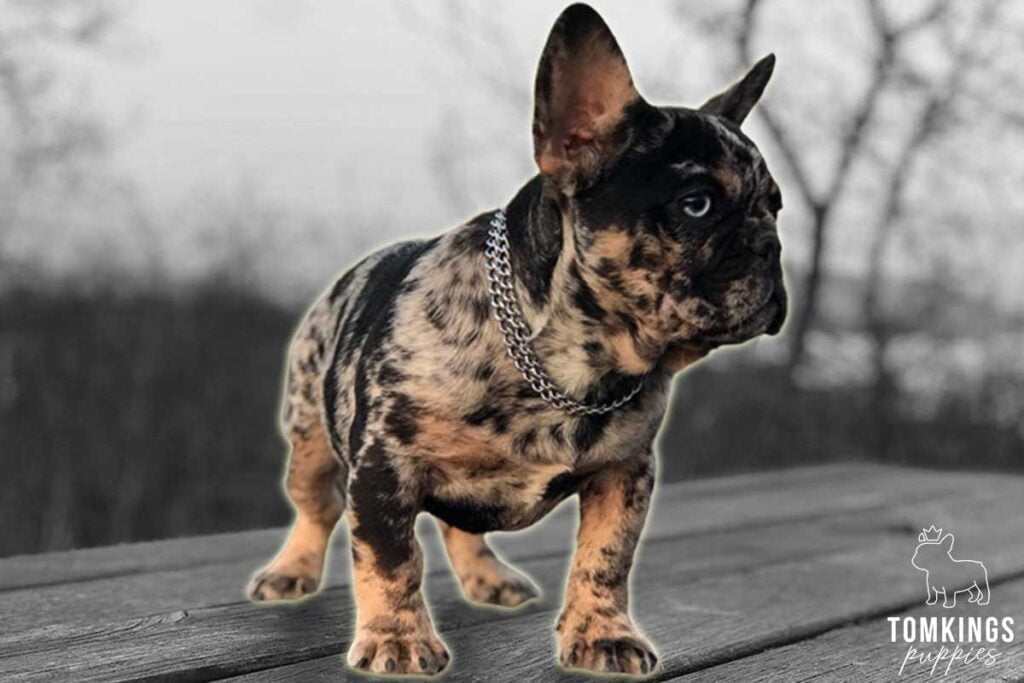

Human history, especially the dark ages, is full of cruel traditions. One of the most horrifying traditions was bull-baiting which was popular between the 12th to 19th centuries. This event took place at theater-like arenas, and people attended the show for fun. During a bull bait, a bull (or a bear) was chained to a stake by the neck or legs, and the dogs would attempt to immobilize a bull by latching its strong jaws onto the bull’s snout. This is where the term “bulldog” comes from. Fortunately, people started to lose interest in bull baits during the 1600s. But it wasn’t until 1835 when bull baits were permanently outlawed by an act of the English Parliament and most countries in northern Europe.
From unemployed fighting dogs to gentle lap dogs
So, from the early 1800s, bulldogs became unemployed, at least for a while. Even in those days, bulldogs could be divided into several classes. A typical English Bulldog was larger than today’s Frenchies, weighing around 16–25 pounds (7.3–11.3 kg), although classes were also available at dog shows for those who weighed under 12 pounds (5.4 kg).
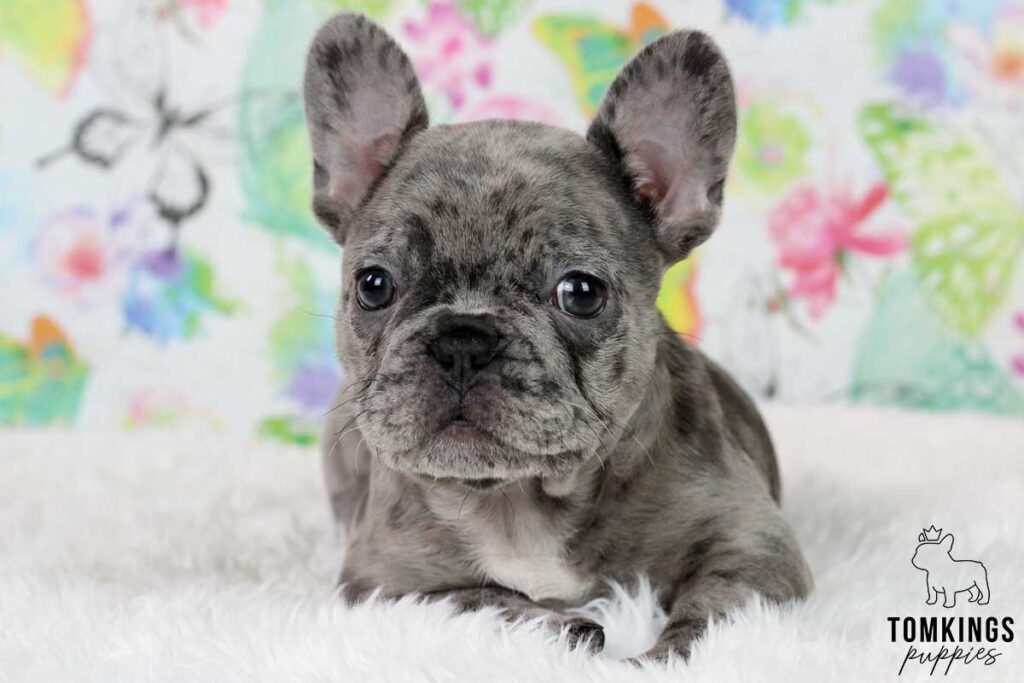

The smaller class of bulldogs was also called the English Toy Bulldog which was popular among lacemakers in Nottinghamshire. We don’t know the exact reason why they preferred this breed, but probably due to their small size, less appetite, and calm, friendly nature. But history took another interesting turn at the start of the industrial revolution when lacemakers were replaced by machines. Many women in Nottinghamshire became unemployed in England and decided to move to northern France where handmade lace was still of value.
Bulldogs gained fame on French soil
This is how bulldogs came to France, where women from other professions soon fell in love with them. Bulldogs became the constant companions of prostitutes, especially in the famous quarter of Paris called Montmartre. The cute and friendly dogs were excellent ice breakers and conversation starters for these women and their clients. Some of the clients were artists, painters, poets, and writers, so it was inevitable that sooner or later the bulldogs would appear in works of art. Henri Toulouse-Lautrec and Edgar Degas have several valuable and famous paintings of bulldogs. French Bulldogs were first displayed at the Westminster Kennel Club Dog Show in 1896, but winners could only have flopping ears at this time.
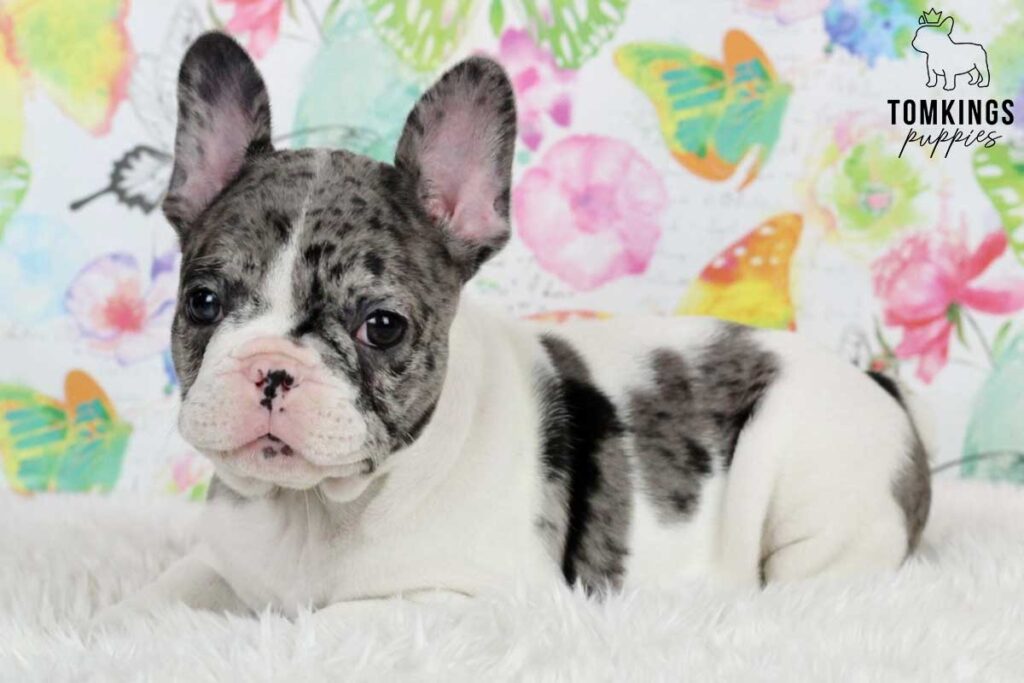

Once the dogs got outside the walls of the brothel thanks to these artists, higher social classes began to keep them as pets. The Rockefellers and even the world-famous Grand Duchesses Tatiana and Anastasia Romanov of Russia had French bulldogs! Dogs in the upper classes changed hands for thousands of dollars and even got to the United States. Remember the movie Titanic? A black-colored French bulldog was on board!
The official recognition of the French Bulldog
From 1905, French Bulldogs were recognized as a separate class from the English variant, and the iconic “bat ear” standard was also set by the ladies at the French Bulldog Club of America. In the last 100 years, there weren’t any major changes regarding the breed’s standards. Frenchies should be muscular, with a soft and loose coat forming wrinkles, and weigh a maximum of 28 pounds according to the AKC Standards.
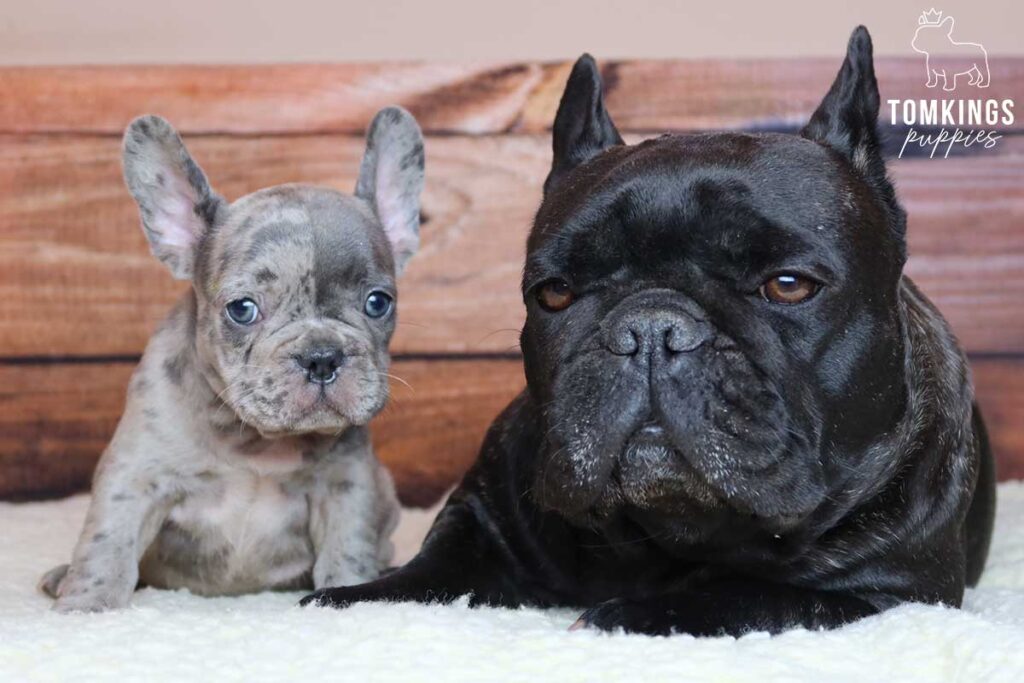

200 years have passed since the first appearance of the English Toy Bulldogs. Frenchies traveled to many countries and continents, which shows their popularity. In the last 100 years, they are always at the top 5 most popular breeds across the world. Their great personality and small size make them a great choice for anyone. They are ideal for big city life, and they are the perfect family dogs. There are thousands of reasons why we love them! What is yours?


Ultimate Guide
to Adopting a Frenchie
If you’d like to learn more about Frenchies, join our Facebook group called TomKings Frenchie Family to read our Frenchie parents’ experiences.
The article is based on the expert knowledge of the TomKings Puppies team who have been breeding French Bulldogs for 10 years on their farm. All the pictures in the post belong to them and their customers, and show puppies from their breed. Check their available French Bulldog puppies, or if you have any questions or comments let us know below the article.
Related Blogposts:
- 9 Ways You Might Be Shortening Your Frenchie’s Life
- French Bulldog Breed Standard: 7 Traits That Make Frenchies Beautiful
- Chihuahua vs French Bulldog: Can We Help You Choose?
- Why Two French Bulldogs Are Better Than One: 7 Benefits You’ll Love
- The 5 Biggest Mistakes New Frenchie Parents Should Avoid
- 9 Dogs That Look Like French Bulldogs

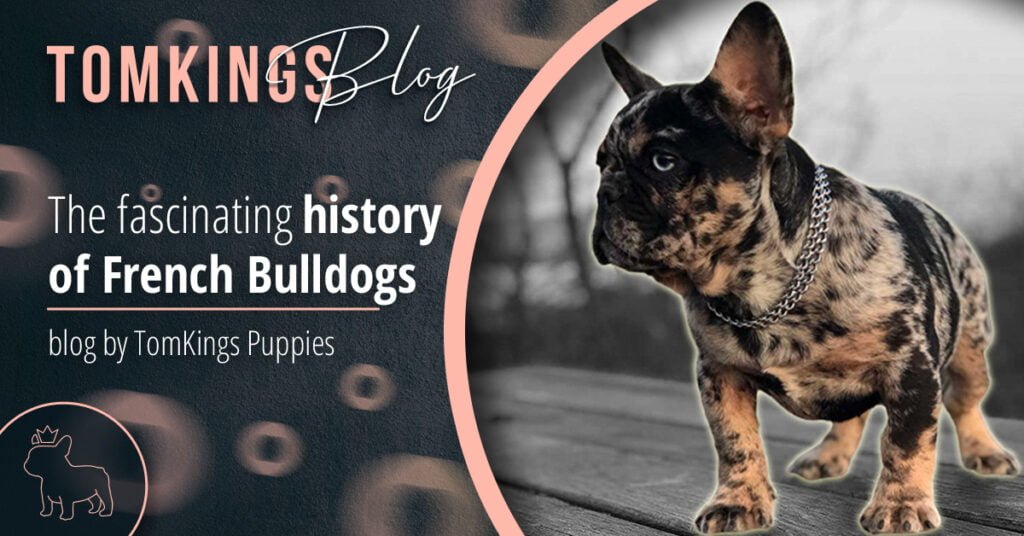








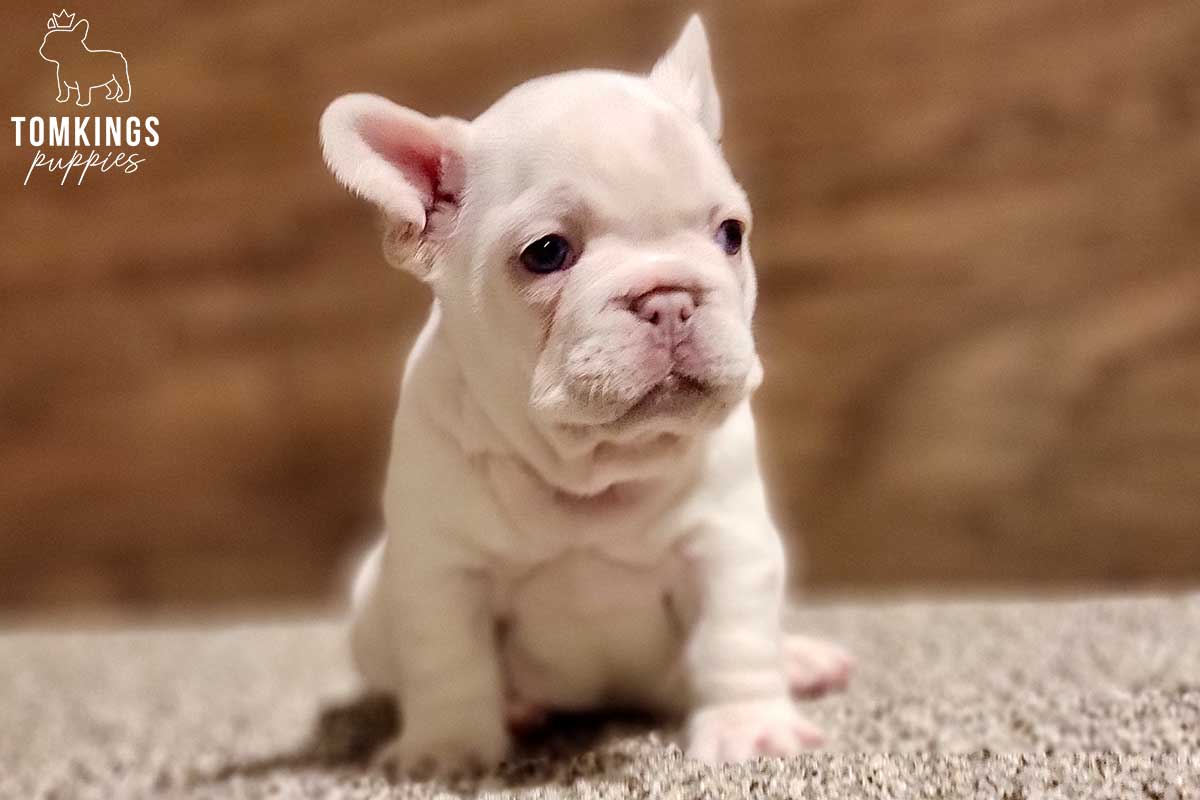
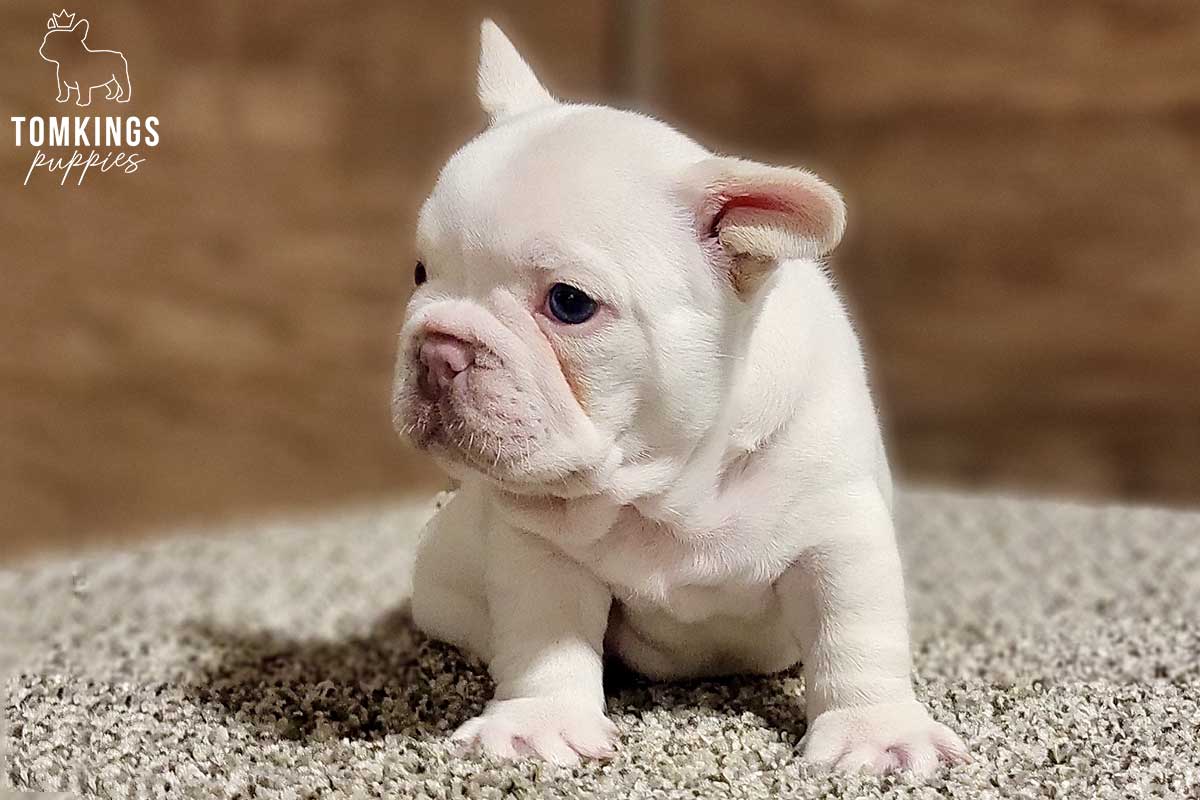

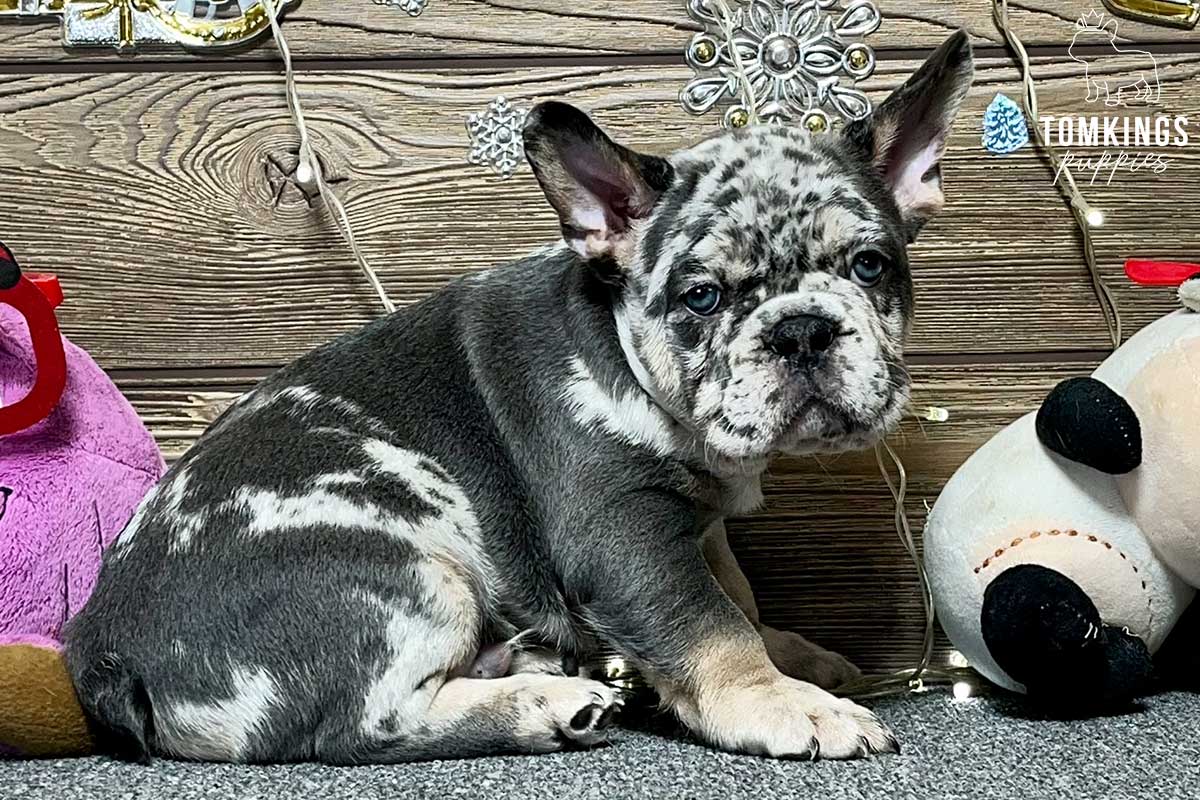
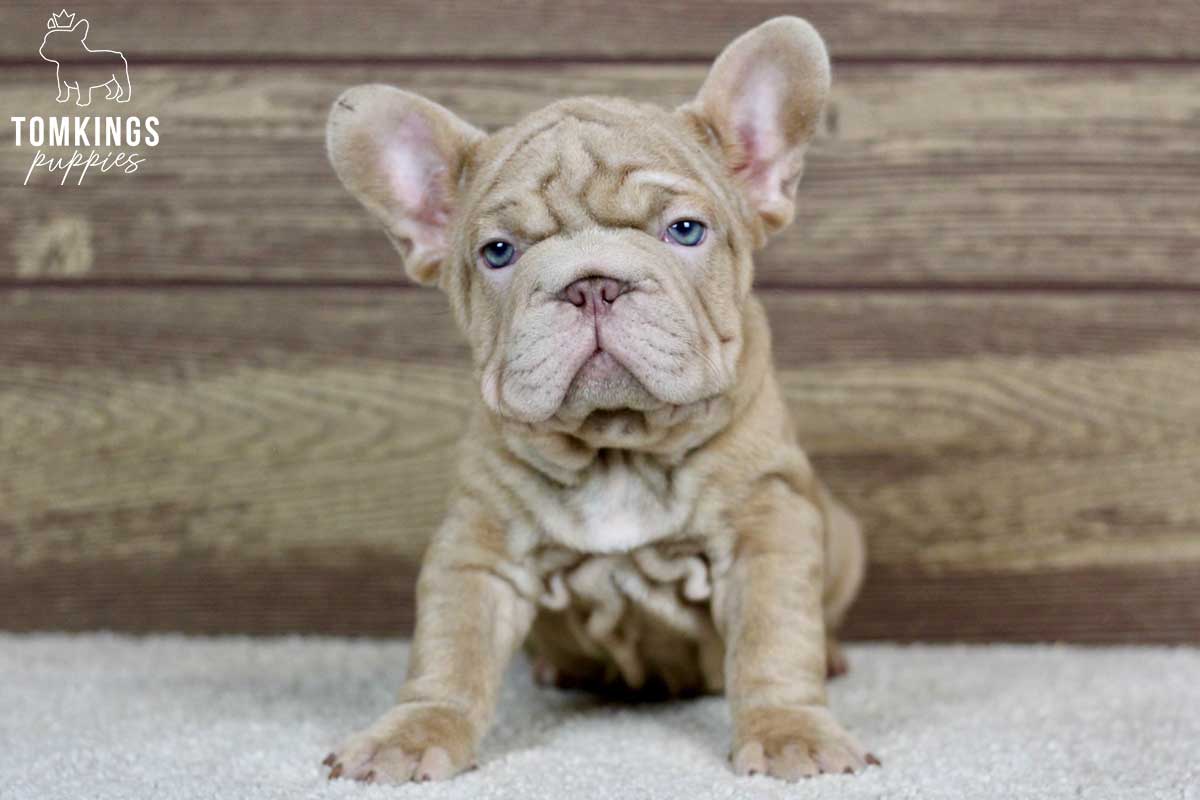
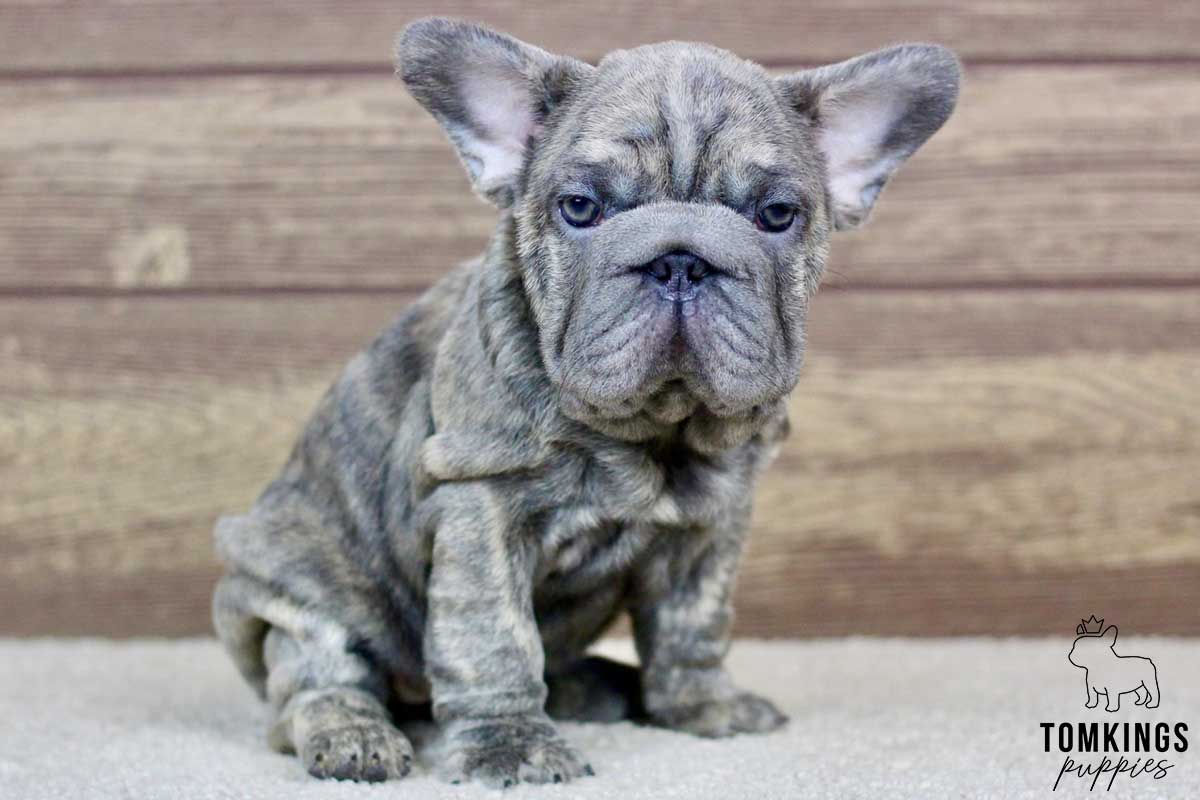



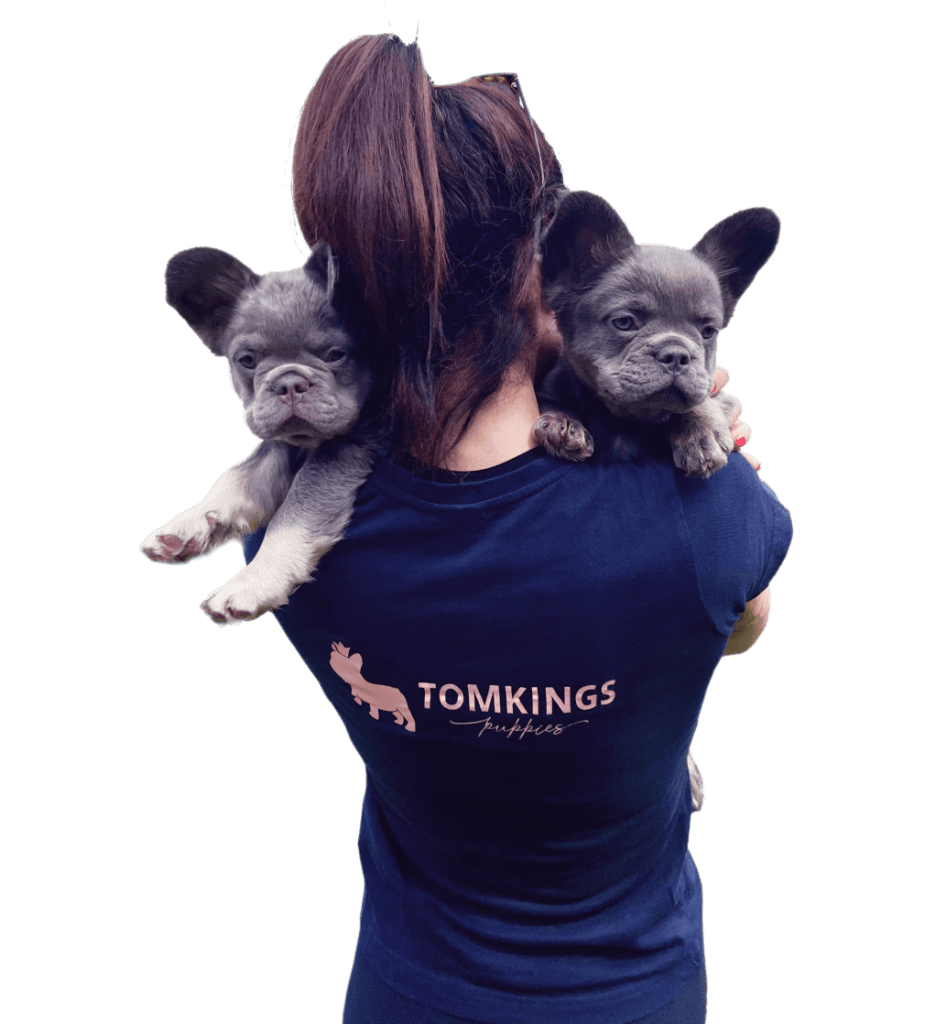
2 thoughts on “The fascinating history of French Bulldogs”
Interested in a small tri murrall female
Hi Tracy,
We are expecting new litters very soon! 🙂 We have sent you an email, please check your spam folder too. 🙂